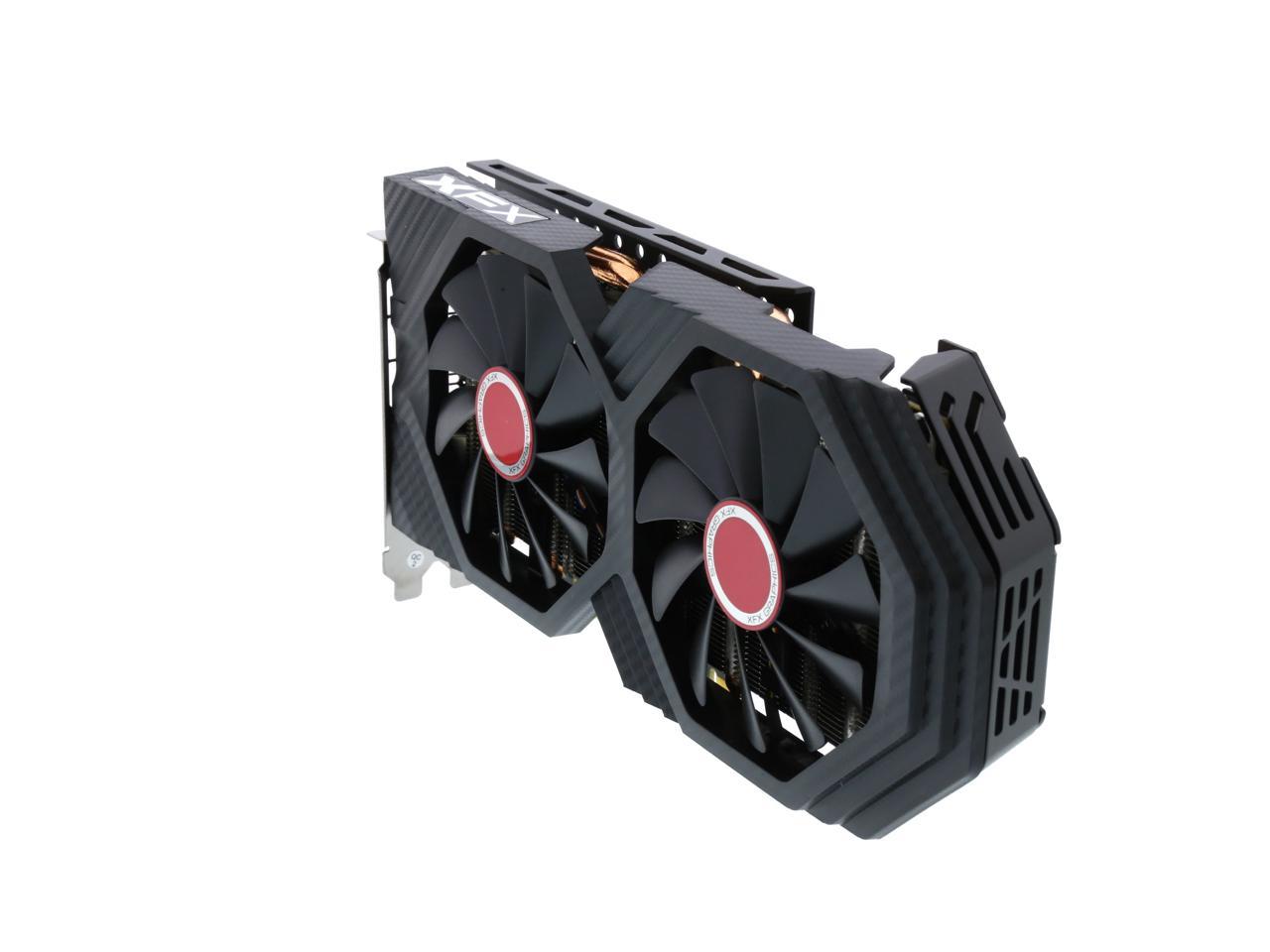

There are some cards though, that have big potential for BIOS Flashing. BIOS Flashing in these cards can only be used to fix a bricked BIOS and not for overclocking purposes as we want. Most of the cards can only be flashed to their own firmware, which is understandable. Which cards are ideal for BIOS Flashing?Īs you might have guessed, not a lot of cards will offer this much freedom to the end-user. These values provide the necessary boost to the card’s overclocking potential. As we have established that the BIOS is the firmware of the card, a BIOS flash implies that you are overwriting the firmware with a new one, thus providing new values of core clock, memory clock, voltage limit, and power limit, etc. But if you’re an enthusiast and you want to squeeze every last bit of performance from your graphics card, BIOS Flashing can help you. Under normal circumstances, you should probably avoid tinkering with the BIOS of the card.

Reasons to flash the BIOSīIOS Flashing is particularly helpful in extreme overclocking. With the help of BIOS Flashing, users can raise some of those limitations, thus allowing for higher overclocks and allowing more voltage to be fed to the core and the memory. These limitations are the reason why the Voltage offset is locked to a certain limit in tools like MSI Afterburner. It also imposes the necessary limitations on voltage and power draw levels so that the card doesn’t malfunction and die with a careless overclock. It contains information about the clock speed, fan speed, voltages, and power delivery, etc. What is a Graphics Card BIOS?Ī graphics card’s BIOS (also called VBIOS or VGA BIOS) is the firmware of the card, which contains all the necessary hardware settings for the card. Yes, such overclocks do provide a decent gain over stock performance, but to go beyond that we have to turn to some… more creative methods. Most graphics cards have some headroom above their factory clock speeds, and the user can tinker with the card to get those extra megahertz.īut there’s only so much you can get out of overclocking using traditional methods. Overclocking is a quite simple, straightforward way to squeeze out more performance from your GPU with minimal risk.
#Xfx rx 580 Pc#
It is quite common among enthusiasts in the PC space to “overclock” their hardware, particularly the graphics card, to get better performance in their applications of choice, notably games. The AMD Radeon RX 5700 is a prime candidate for BIOS Flashing – Image : AMD Since PC Gaming is on an all-time high, PC Hardware enthusiasts have also sprung up in considerable numbers, and they strive to get every last bit of performance from their hardware. Modern 3D applications like games have become more and more demanding in recent years so the graphics cards have also become faster to be able to handle these workloads. Most of these applications thus demand a GPU that is capable of rendering the required assets with reasonable efficacy.


 0 kommentar(er)
0 kommentar(er)
